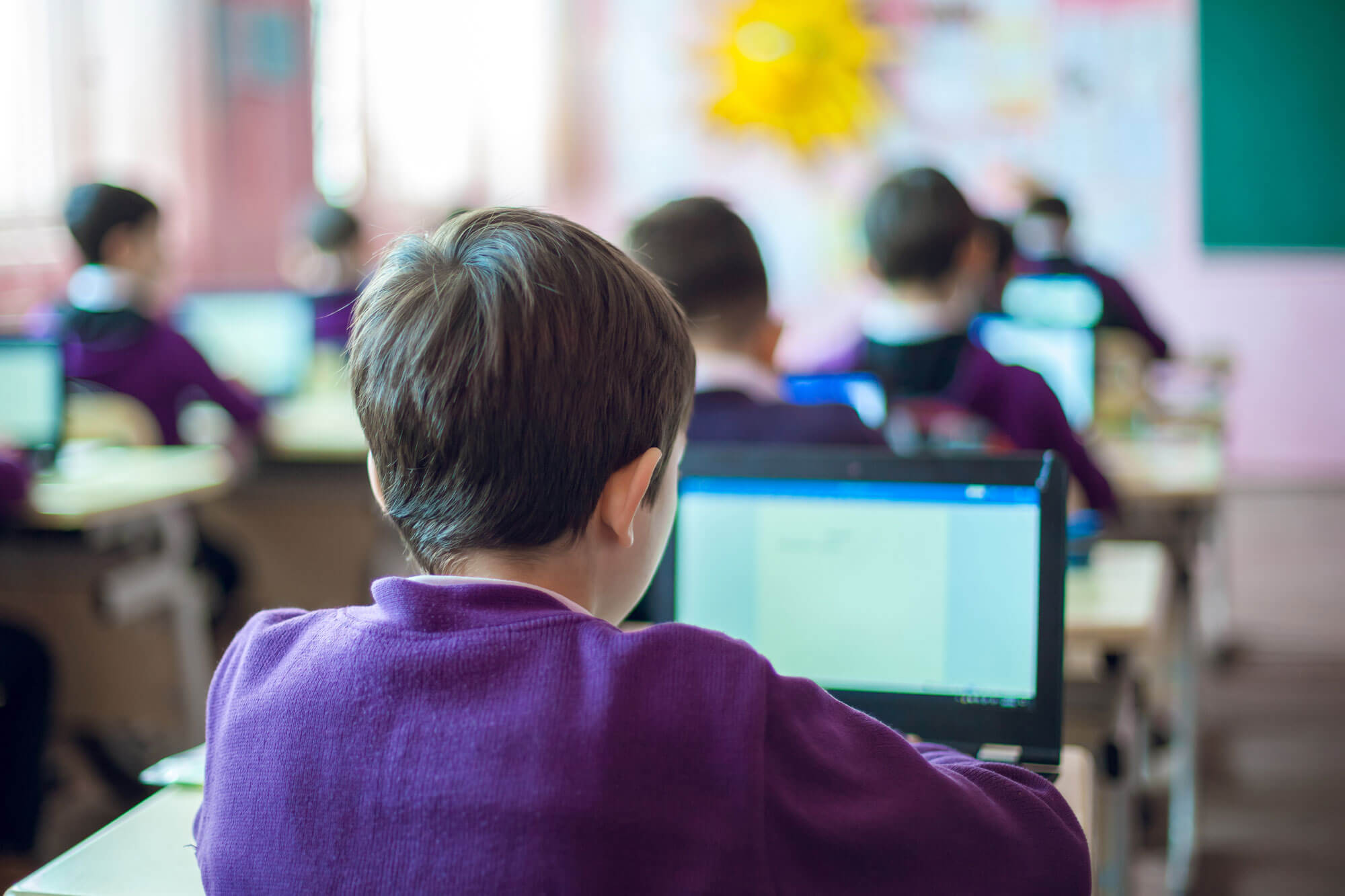Modernisation of wireless connectivity and network infrastructure in support of distance learning (DL)
The new D-Link devices added to the school network have allowed the wireless network peripherals and management hubs to be quickly updated, ensuring easy installation and simple configuration to make the Institute digital-ready in record time.
Modernisation of wireless connectivity and network infrastructure in support of distance learning (DL)
The new D-Link devices added to the school network have allowed the wireless network peripherals and management hubs to be quickly updated, ensuring easy installation and simple configuration to make the Institute digital-ready in record time.
Download as PDFThe Istituto Comprensivo Teglia di Genova is a key educational organisation located in the city of Genoa, within the Polcevera region, and comprises 2 preschools, 3 primary schools and 2 first-level secondary schools.
The buildings are spread across a number of sites with an overall school population of around 1,000 pupils.
The buildings are spread across a number of sites with an overall school population of around 1,000 pupils.

Challenge
In 2019, prior to the COVID-19 pandemic, the Institute had already embarked on a project for the digitisation of teaching for all pupils in the two first-level secondary schools. This project included providing a computer on loan to all students and also the provision of the necessary digital books, in addition to physical copies.
But, while the digitisation of teaching can be said to have been achieved in terms of the 'pupils', with the acquisition of devices and books, making the school itself digital-ready was more complex: the Institute was in fact equipped with an outdated network infrastructure that only allowed a connection to the wireless network, and thereby to the Internet, by a few devices simultaneously, for example 1 LIM per class. This network was unable to cope with larger loads - not the ideal situation for digitisation of teaching.
The Institute therefore asked D-Link to review the access points and a number of existing switches and to replace these with higher-performing models which were also stable, reliable and, above all, simple to manage.

Solution
The modernisation project therefore provides for the implementation of versatile access points with Wi-Fi 802.11ac Wave 2 cutting-edge speeds to ensure greater efficiency and security of the network and management switches. These constitute an inexpensive way of taking advantage of Gigabit Ethernet bandwidth for SOHO and PMI users, thereby allowing the handling of increasing network loads.
The switches also allow plug-and-play installation and instantly improve working group performance without requiring the installation of costly optical fibre cabling or complex reconfiguration operations.

Results
The D-Link solution was swiftly installed and was incorporated without problems into the pre-existing infrastructure. The new D-Link devices added to the school network have allowed the wireless network peripherals and management hubs to be quickly updated, ensuring easy installation and simple configuration to make the Institute digital-ready in record time.
The D-Link interface infrastructure is easy to manage and is independently controlled by the school's IT infrastructure managers.
In tandem, the school has arranged with its provider a switch to Super Fibre, to allow management at Internet bandwidth of devices connected simultaneously, and in this way to introduce digitisation of teaching for all pupils of the first-level secondary schools.

